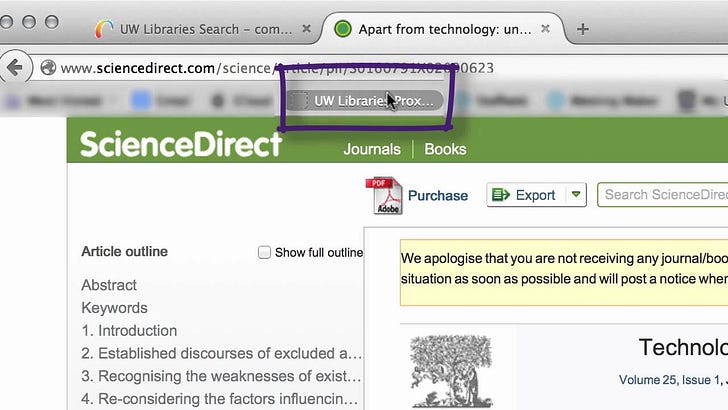
Bielefeld Academic Search Engine (BASE) created by Bielefeld University Library in Bielefeld, Germany is probably one of the largest and most advanced aggregator of open access articles (hitting over 100 million records), others on roughly the same level are








